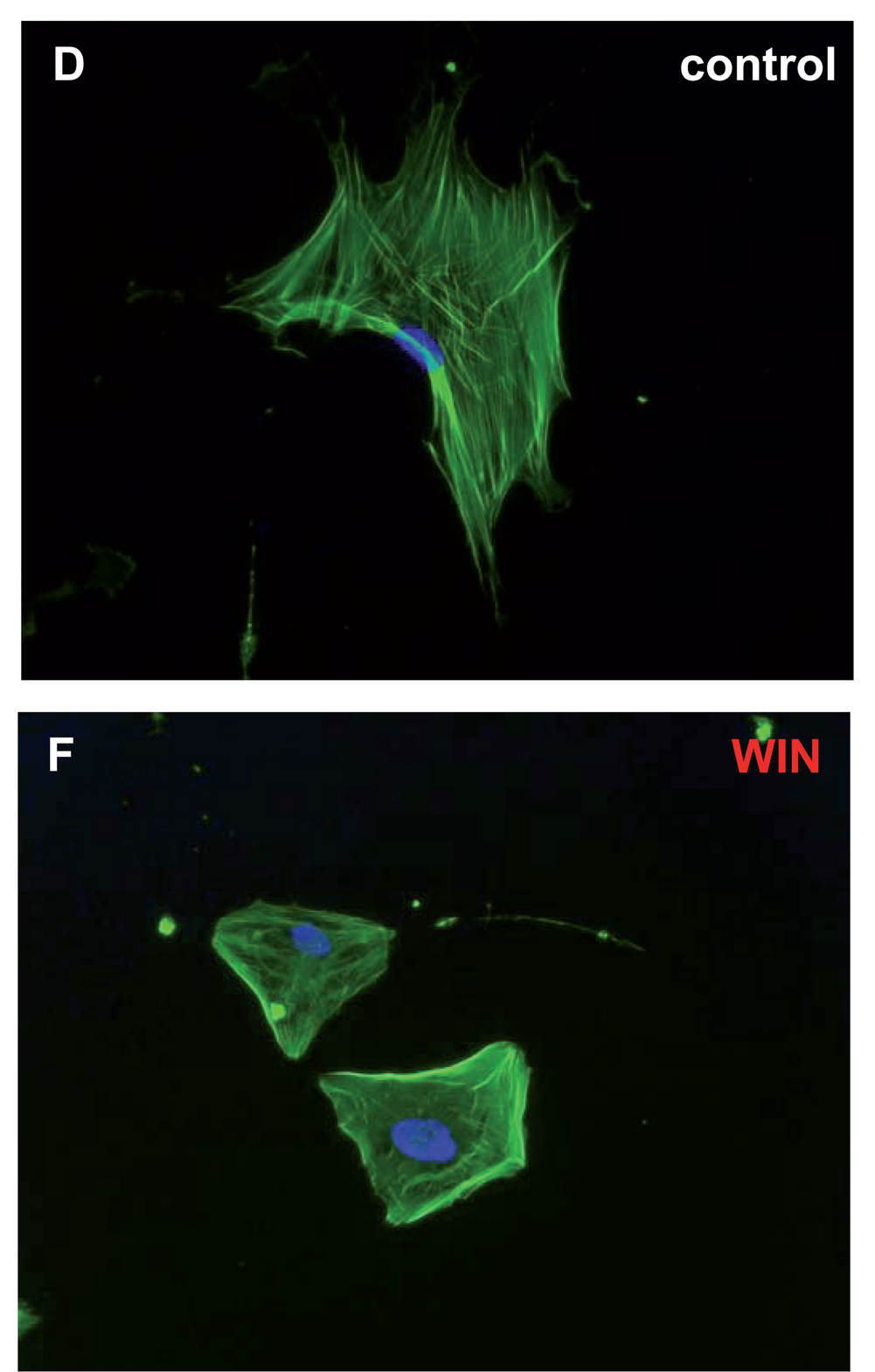WIN 55,212-2 on:
[Wikipedia]
[Google]
[Amazon]
 WIN 55,212-2 is a chemical described as an aminoalkylindole derivative, which produces effects similar to those of
WIN 55,212-2 is a chemical described as an aminoalkylindole derivative, which produces effects similar to those of
 WIN 55,212-2 is a chemical described as an aminoalkylindole derivative, which produces effects similar to those of
WIN 55,212-2 is a chemical described as an aminoalkylindole derivative, which produces effects similar to those of cannabinoid
Cannabinoids () are several structural classes of compounds found in the cannabis plant primarily and most animal organisms (although insects lack such receptors) or as synthetic compounds. The most notable cannabinoid is the phytocannabinoid tet ...
s such as tetrahydrocannabinol
Tetrahydrocannabinol (THC) is the principal psychoactive constituent of cannabis and one of at least 113 total cannabinoids identified on the plant. Although the chemical formula for THC (C21H30O2) describes multiple isomers, the term ''THC' ...
(THC) but has an entirely different chemical structure
A chemical structure determination includes a chemist's specifying the molecular geometry and, when feasible and necessary, the electronic structure of the target molecule or other solid. Molecular geometry refers to the spatial arrangement of ...
.
WIN 55,212-2 is a potent cannabinoid receptor agonist that has been found to be a potent analgesic in a rat model of neuropathic pain. It activates p42 and p44 MAP kinase
A mitogen-activated protein kinase (MAPK or MAP kinase) is a type of protein kinase that is specific to the amino acids serine and threonine (i.e., a serine/threonine-specific protein kinase). MAPKs are involved in directing cellular response ...
via receptor-mediated signaling.
At 5 μM WIN 55,212-2 inhibits ATP production in sperm
Sperm is the male reproductive cell, or gamete, in anisogamous forms of sexual reproduction (forms in which there is a larger, female reproductive cell and a smaller, male one). Animals produce motile sperm with a tail known as a flagellum, ...
in a CB1 receptor-dependent fashion.
WIN 55,212-2, along with HU-210
HU-210 is a synthetic cannabinoid that was first synthesized in 1988 from (1R,5S)-myrtenol by a group led by Raphael Mechoulam at the Hebrew University. HU-210 is 100 to 800 times more potent than natural THC from cannabis and has an extended d ...
and JWH-133, may prevent the inflammation caused by amyloid beta
Amyloid beta (Aβ or Abeta) denotes peptides of 36–43 amino acids that are the main component of the amyloid plaques found in the brains of people with Alzheimer's disease. The peptides derive from the amyloid precursor protein (APP), which is ...
proteins involved in Alzheimer's disease
Alzheimer's disease (AD) is a neurodegenerative disease that usually starts slowly and progressively worsens. It is the cause of 60–70% of cases of dementia. The most common early symptom is difficulty in remembering recent events. As ...
, in addition to preventing cognitive impairment and loss of neuronal markers. This anti-inflammatory action is induced through agonist action at cannabinoid receptors, which prevents microglia
Microglia are a type of neuroglia (glial cell) located throughout the brain and spinal cord. Microglia account for about 7% of cells found within the brain. As the resident macrophage cells, they act as the first and main form of active immune de ...
l activation that elicits the inflammation.
WIN 55,212-2 is a full agonist at the CB1 cannabinoid receptor ( ''K''i = 1.9 nM) and has much higher affinity than THC
Tetrahydrocannabinol (THC) is the principal psychoactive constituent of cannabis and one of at least 113 total cannabinoids identified on the plant. Although the chemical formula for THC (C21H30O2) describes multiple isomers, the term ''THC' ...
(''K''i = 41 nM) for this receptor. WIN 55,212-2 is also an agonist of the PPARα
Peroxisome proliferator-activated receptor alpha (PPAR-α), also known as NR1C1 (nuclear receptor subfamily 1, group C, member 1), is a nuclear receptor protein functioning as a transcription factor that in humans is encoded by the ''PPARA'' gene ...
and PPARγ nuclear receptors.
WIN 55,212-2 reduces voluntary wheel running in laboratory mice, but with effects that depend on both genetic background and sex.
In the United States, all CB1 receptor agonists of the 3-(1-naphthoyl)indole class such as WIN 55,212-2 are Schedule I Controlled Substances. WIN 55,212-2 is illegal in the UK.
See also
* WIN 48,098 (Pravadoline) * WIN 54,461 (6-Bromopravadoline) * WIN 55,225 (JWH-200) * WIN 56,098References
Further reading
* *External links
* {{Transient receptor potential channel modulators Aminoalkylindoles 4-Morpholinyl compunds Naphthoylindoles WIN compounds CB1 receptor agonists